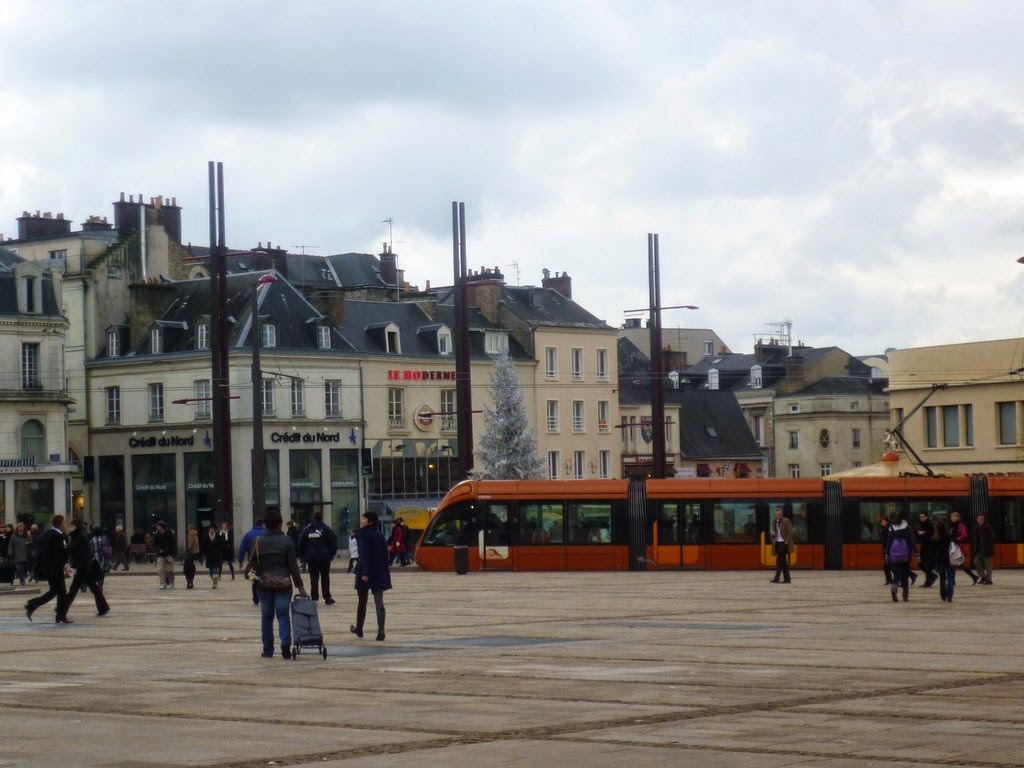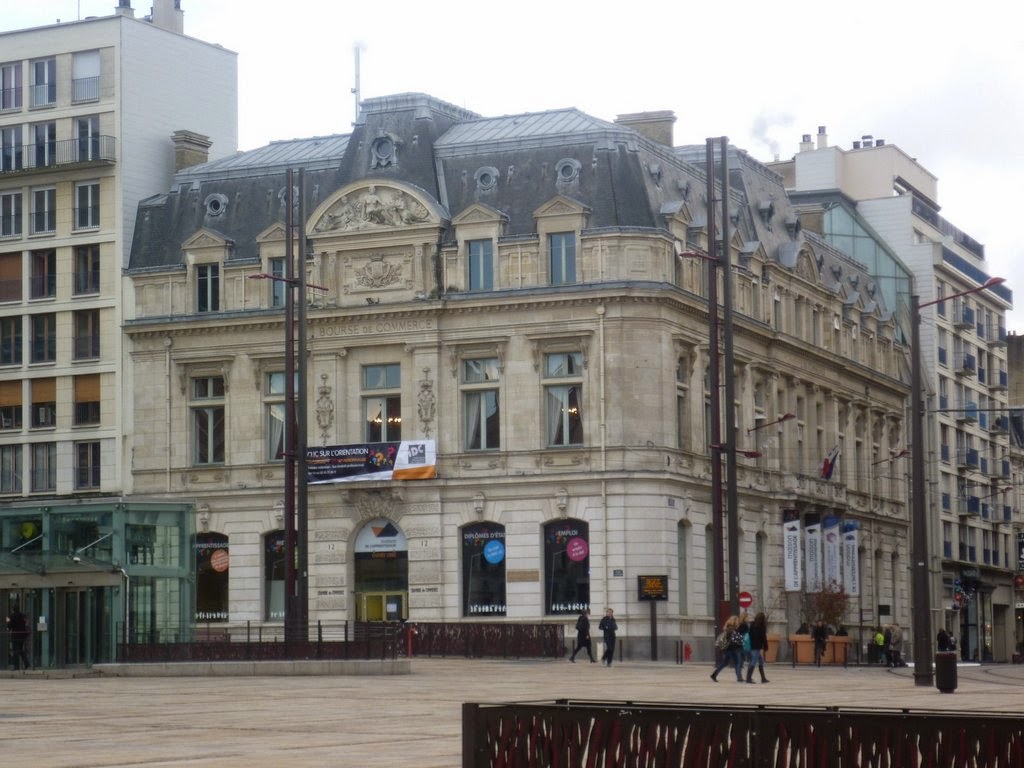Le Mans, Departamento de Sarthe, País del
Loira. Sus habitantes son les manceaux. Le Mans era el territorio de una tribu
gala, los aulercos cenómanos. La conquista romana se produce el año 56 d.c.
Hacia finales del siglo III Galia, como el resto del imperio romano, comienza a
ser invadida por los Bárbaros. A lo largo de los siglos IV y V algunos pueblos atraviesan
la región (hunos) o se instalan (francos). La barbarización trae la
cristianización tras el bautismo del rey franco Clodoveo I. Del siglo V al VIII
toma importancia Le Mans como sede eclesiástica de primera categoría, pues su
obispado se convierte en el más importante de la región. Hasta el siglo XV la
ciudad sufre períodos de guerra y paz, pero siempre bajo el control francés.
Los ingleses son definitivamente expulsados en 1443. Posteriormente Le Mans
sufrió las guerras de religión entre calvinistas y católicos hasta 1589.
Enrique IV puso fin a un período de guerras de 30 años. Durante los siglos XVII
y XVIII Le Mans sobresalió en ceras y textiles. Le Mans continuó como gran líder
textil hasta el siglo XIX. En 1844 la línea de ferrocarril de París a Rennes
escogió Le Mans con ciudad de paso, por lo que se instalaron nuevas industrias,
se amplió el comercio, creció la población de la ciudad y Le Mans prosperó
notablemente. Hacia 1840 comienzan nuevas industrias en la ciudad, y en 1873 la
empresa de Amédée Bollée fabrica varios coches de vapor. En 1887 la tercera generación
de esta familia crea el primer coche a combustible. En este apogeo de empresas
del metal, Georges Durand funda el Automobile Club de la Sarthe que organizó un
primer gran premio en 1911. En 1936 se instala la Renault en la ciudad. A
partir de 1940 la fábrica produce piezas para los alemanes. En este período fue
cuartel general del VII cuerpo de ejército alemán. En agosto de 1944 la ciudad
fue liberada por la 79ª división de infantería USA. Tras la guerra la fábrica
se expande, y hoy día sigue siendo la mayor concentración obrera de la zona. A
partir de la década de 1980 Le Mans se incorpora a las líneas de Alta Velocidad
francesas. Le Mans, que era una población de 19.000 habitantes en 1815, supera
hoy los 200.000 habitantes. Su prueba automovilística Las 24 Horas de Le Mans
es una de las carreras más importantes del mundo.
Le Mans, Sarthe department, Loire Valley. Its
inhabitants are Manceaux. Le Mans was the territory of a Gallic tribe, the Aulerci
Cenomani. The Roman conquest occurs 56 year d.c. Towards the end of the third
century Gaul, like the rest of the Roman Empire, began to be invaded by the
Barbarians. Throughout the IV and V centuries some tribus cross the region
(Huns) or are installed (Francs). The occupation by new rulers brings the
Christianization after the baptism of the Frankish king Clovis I. From the V
century to the VIII Le Mans gain importance as ecclesiastical seat becoming Le
Mans first category, for its bishopric becomes the most important in the
region. Until the fifteenth century the city suffers periods of war and peace,
but always under French control. The English are finally expelled in 1443.
Later Le Mans suffered religious wars between Calvinists and Catholics until
1589. Henri IV ended a period of wars of 30 years. During the seventeenth and
eighteenth centuries Le Mans excelled in waxes and textiles. Le Mans continued
as large textile leader until the nineteenth century. In 1844 the railway line
from Paris to Rennes decides to pass by Le Mans, so new industries were
installed, trade expanded, grew the population of the city and Le Mans
prospered greatly. By 1840 Le Mans starts new industries in the city, and in
1873 the company of Amedee Bollee manufactures various steam cars. In 1887 the
third generation of this family created the first fueled car. In this success of
metal companies, Georges Durand founded the Automobile Club de la Sarthe who
organized a first grand prix in 1911. In 1936 Renault is installed in the city.
In 1940 the factory produced parts for the Germans. In this period it was
headquarters for the VII German army. In August 1944 the city was liberated by
the 79th Infantry Division USA. After the war the factory was expanded, and
today it remains the highest concentration of workers in the area. From the
1980’s Le Mans joined the French High Speed lines. Le Mans, which was a
population of 19,000 inhabitants in 1815, now exceeds 200,000. Its automotive
test The 24 Hours of Le Mans is one of the most important races in the world.
























